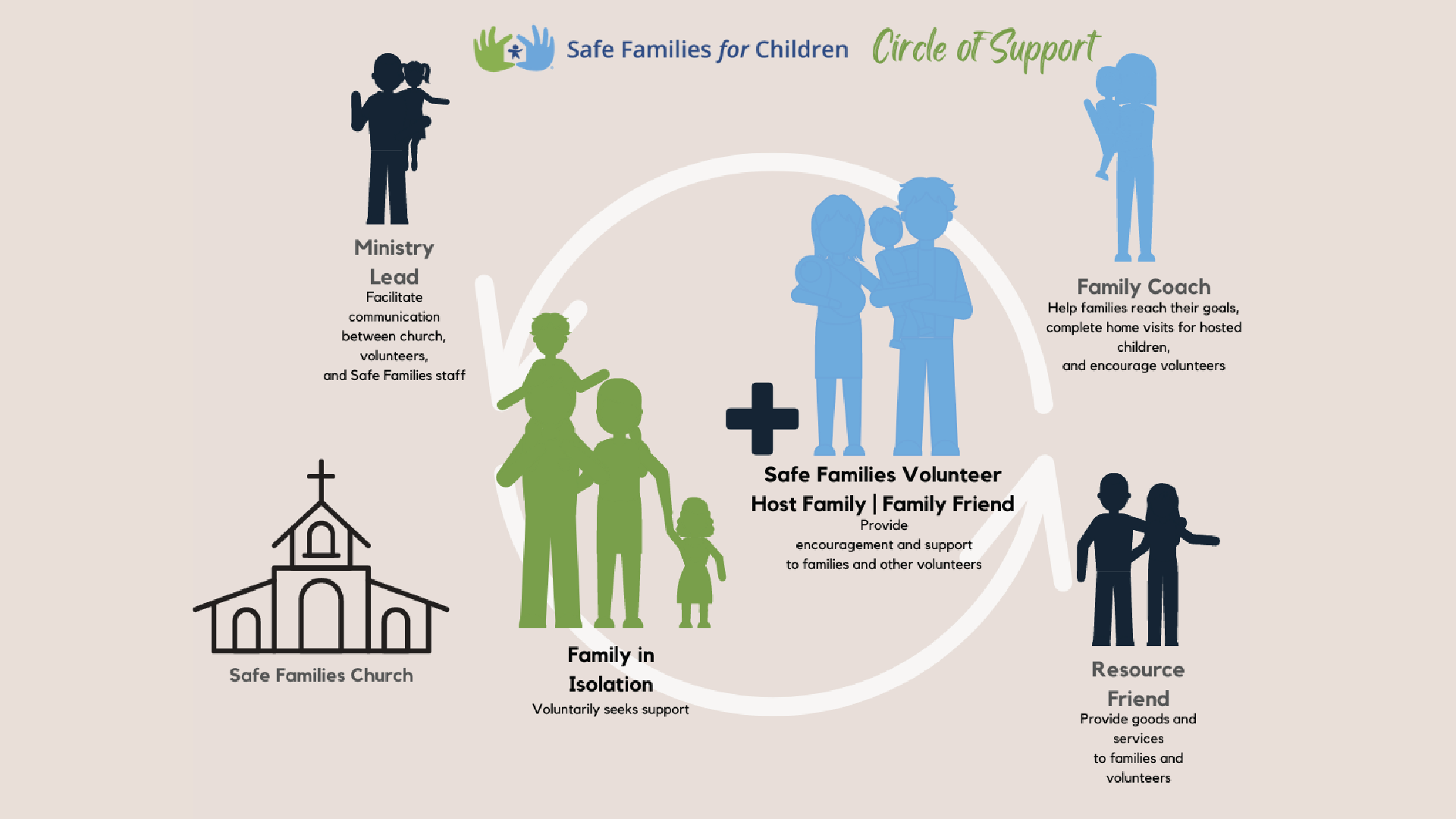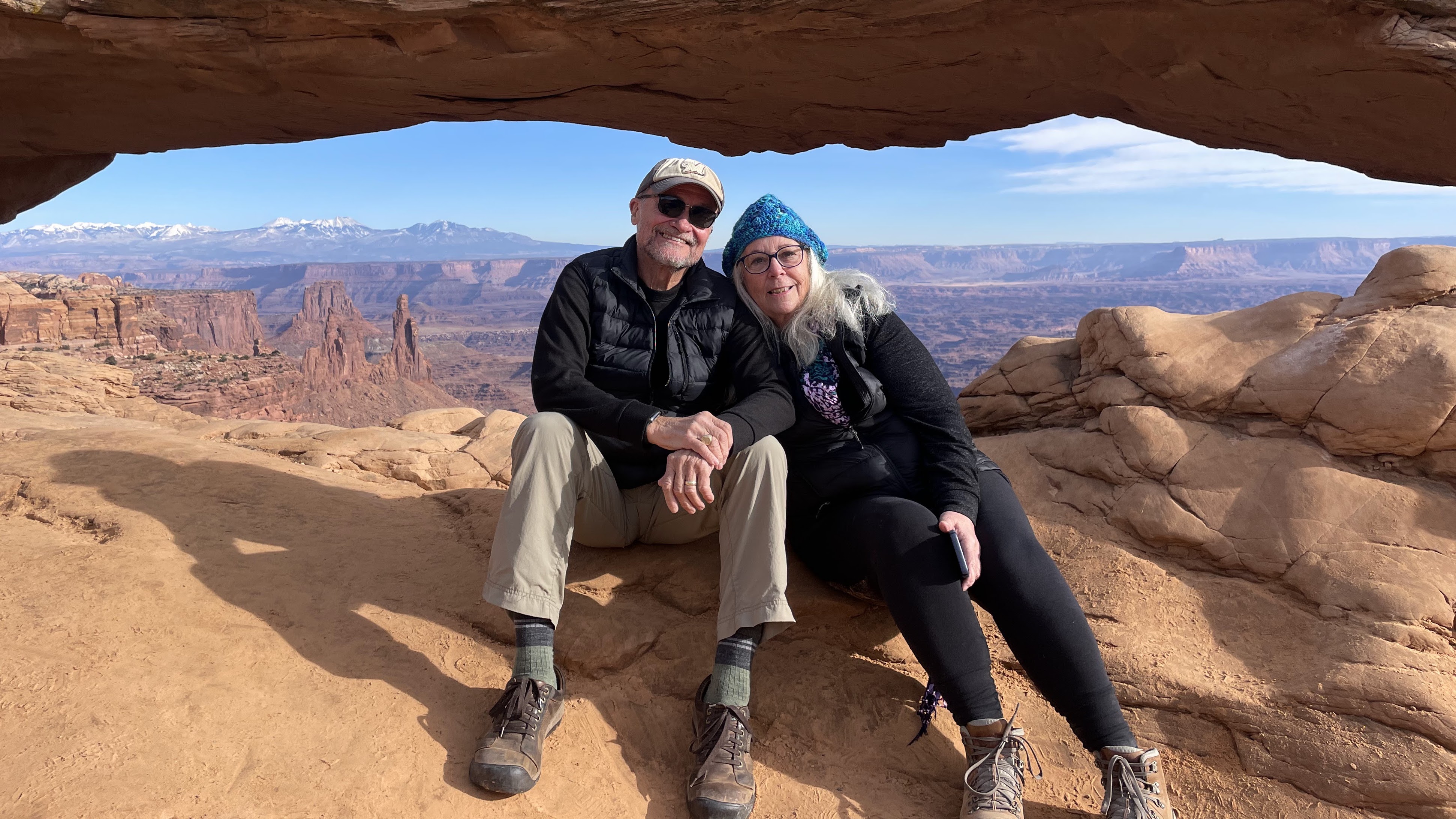by Megan ‘Mac’ Littel
Sitting in silence in a room full of people can feel awkward, intimidating, or impossible. It asks you to leave your comfort zone. But practiced communally, this kind of stillness is a valuable spiritual practice from which we can all learn.
This is exactly the lesson Eastbrook students have worked on for the past few years. Every Sunday night, high school ministry participants have come to anticipate “the pause,” a period of silence during their otherwise interactive time together.
The pause bridges a time of musical worship and the message for that evening. It goes like this: leaders asked middle and high school students to spread out around the room — they are invited to sit, stand, or lay down, whatever feels comfortable to them in the moment. The lights dim and Pastor Nic Fridenmaker, Eastbrook’s High School Ministry leader, directs the group through the practice. Some weeks it’s a welcoming prayer, sometimes praying through scripture, or simply a breathing exercise. The group started out spending three to five minutes in silence, and at the peak of this habit worked up to 10 minutes of silence.
The idea to bring this practice to Eastbrook’s youth group stemmed from Fridenmaker’s own experience practicing silence with a spiritual director. He introduced the pause in 2019 along with former Youth Worship Coordinator Gabriel Douglas, who says he loved seeing students encouraged to have more autonomy during this time of worship, which can often be very structured.
“The pause gives freedom to worship at any time in any way, as long as you are directing what you are doing to God and bringing God into that space,” says Gabriel Douglas, now Eastbrook’s Music Director. “As a music leader, I always want to fill the space, but maybe we can wait and see what God wants to do in [the silence].”
“It is really powerful because once you’re able to give yourself time to let the noises in your mind calm down, at least for me, that’s when God reveals stuff.”
Students have really leaned into this practice. After initially introducing the pause for several weeks, the group skipped it once; students asked why — they missed it! This was confirmation to Fridenmaker of how God’s Spirit was working through this time among the students.
“As a pastor, it’s been super encouraging to see young people connect with an ‘old person’s discipline,’” he says. “You don’t associate teens with silence, [you’d think] they only connect with ‘hyper worship,’ but that’s not true! Our students are far more mature than we give them credit for.”
The pause is also a practice that easily translates to other spaces in the students’ lives. It can be done anywhere — in the lunchroom, at school, at home. It can be both a communal and an individual practice.
High school junior Samantha Eide serves both on the worship team and as a junior leader for Eastbrook’s youth group. She says the pause has impacted her in different ways, so much so that she intentionally practices it on her own at home to focus on breathing and prayer, helping her feel closer to God.
“The pause definitely brought me peace after a long week,” she describes. “[It’s] an incredible way of learning how to stop and focus on God.”
We have a lot to learn from our students, and the pause is one of them.
Most of us do not seek out silence, yet we all yearn for peace in the midst of the all-consuming noise that surrounds us constantly: conversation, notifications on our phones, music playing in the background, the sounds of traffic or our workplaces — or simply the busyness in our lives, the expectations and schedules and racing thoughts that fill every moment. Our brains crave stimulation, so among all of this, silence may feel unproductive.
In her book, “Spiritual Disciplines Handbook,” author Adele Ahlberg Calhoun provides an overview of many spiritual practices that draw us closer to God; here she quotes Susan Muto in her chapter on silence:
“[It] seems essential for our spiritual life to seek some silence, no matter how busy we may be. Silence is not to be shunned as empty space, but to be befriended as fertile ground for intimacy with God.”
Thinking of trying your own spiritual practice of silence? Fridenmaker suggests starting small, maybe only a minute or two. Find a comfortable place. Before you enter into your intentional time, hide the things that make noise or might prove too distracting — put away your phone, take off your smartwatch, turn off the music. Not sure where to start? Try reading Psalm 23, then sit in silence for one minute, reflecting on what God being a shepherd means to you. If your mind wanders, gently bring it back by focusing on your breathing or on a phrase like, “God, You are my shepherd.”
Like any new habit, consistent practice is key. Silence is a rhythm, and learning that rhythm of our own “pause” can help us connect with God.
Practicing silence is a way we can connect with God and find peace in the moments throughout our day, inviting us to tune out the noise and pay attention. It’s about surrender, about being open to what God might be saying to us. Silence is not simply about being quiet; it is rest. Let’s take a page from our youth and lean into the practice, finding rest in intimacy with God. ■
ABOUT THE AUTHOR: Megan “Mac” Littel (née Carlson) is a longtime Eastbrooker who, along with her husband Ethan, leads a small group for the 20s and 30s ministry
Recommended Posts

Hymns for the Homebound
March 15, 2024

Relief through Relationship: A Focus on Safe Families
March 13, 2024

God Story: Lisa Sinclair
March 13, 2024


